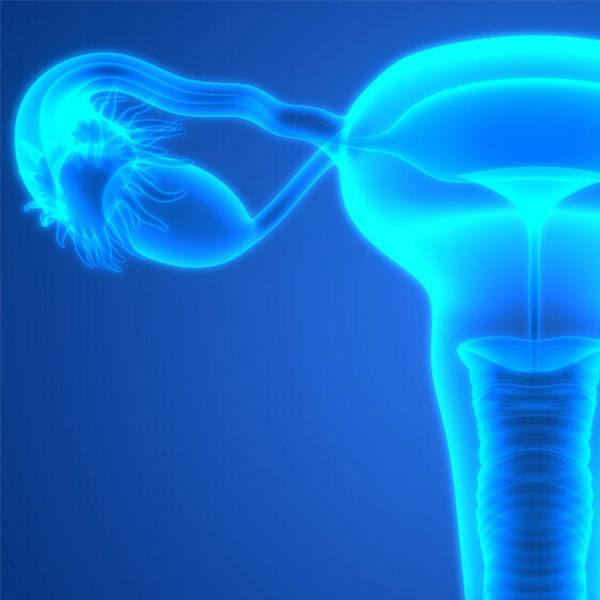-
Animal study finds promise in icing for pancreatitis
Medical professionals commonly recommend putting ice on a break or sprain. Cooling acts as a ‘slow motion’ button for our cells, blocking inflammation and damage by slowing the processes that cause them and their downstream effects. But it’s impossible to put an ice pack on internal organs, right?
Wrong, according to a recent study in Gastroenterology.
Vijay Singh, M.B.B.S., a Mayo Clinic gastroenterologist, is the senior author of a study on cooling as a treatment for acute pancreatitis, a potentially lethal condition marked by inflammation and death/injury of the pancreas. Treating it is challenging because the condition can arise from multiple causes and continue despite treatment due to the involvement of multiple, parallel cellular pathways. To address the multitude of ways in which acute pancreatitis occurs and progresses, the authors planned an approach that could work broadly: cooling.
It involves inserting a balloon into the stomach, which covers much of the pancreas, and circulating cold water creating an internal ice pack.
“This method helps in multiple ways,” says Dr. Singh. “One is inhibition of parallel pathways as well as by sequential inhibition, or slowing each step of a multi-step response by a small extent to get a large overall effect.”

Researchers induced two different types of acute pancreatitis in rats — a mild and a severe type with different molecular causes. They report that water at 31-34 degrees Celsius slows cellular injury in the milder model; while water at 25 degrees Celsius slows injury both locally and systemically in the severe model. They also showed that cooling of just the stomach-pancreas avoids complications associated with generalized hypothermia. Additionally, they suggest a clinical tool for predicting the severity of acute pancreatitis.
In humans, acute pancreatitis is usually diagnosed in the emergency room, according to the paper, and the severity is hard to predict. The authors suggest that by identifying the severity a patient’s condition and cooling their pancreas using water at the appropriate temperature, patients may have shorter hospital stays. They write that the broad, rapid effect of cooling could prevent the condition from worsening in the first several hours or days until it resolves.
Because the tools for this intervention already exist for other purposes, the authors hope that this method of prediction and intervention for acute pancreatitis will advance to the next stage of research. They have begun other animal tests and hope to move into clinical trials as soon as possible. At this point, it seems that the concept of pancreatic cooling is heating up. - Calley Jones







